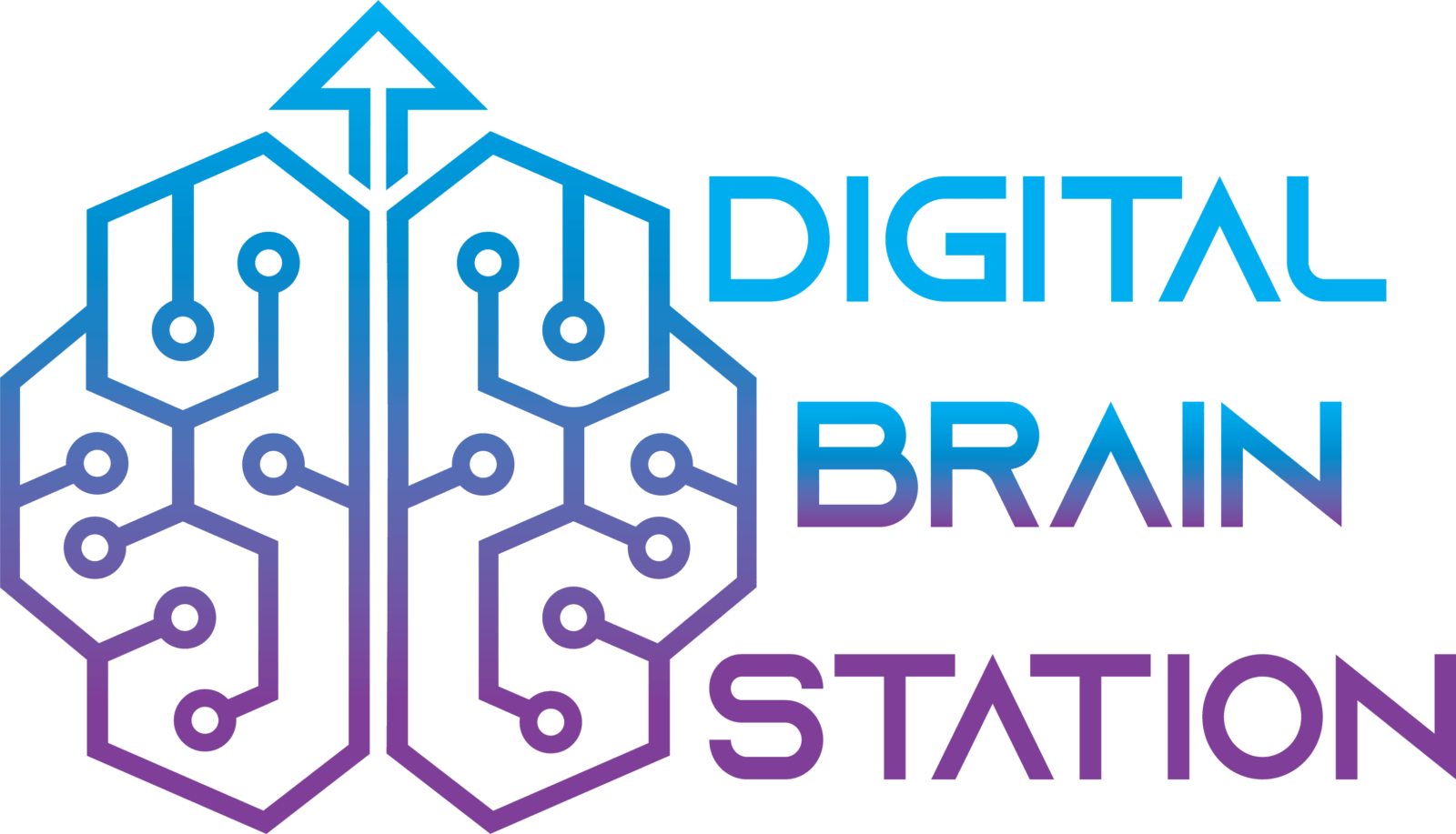Introduction
Directly Productive Projects (DPP) play a significant role in the economy. They are essential for businesses and governments. But what exactly are they? Let’s explore this concept in detail.
Definition of Directly Productive Projects
Directly Productive Projects are initiatives that lead to immediate economic benefits. They directly increase the production of goods or services. These projects have a clear, measurable impact on productivity.
Key Characteristics of Directly Productive Projects
Directly Productive Projects have specific traits. Let’s look at some of these key characteristics:
- Immediate Impact: These projects show results quickly. They don’t take years to benefit the economy.
- Measurable Output: The output can be measured easily. It could be the number of goods produced or services offered.
- Resource Utilization: These projects use resources efficiently. This includes labor, materials, and capital.
Benefits of Directly Productive Projects
Directly Productive Projects offer many benefits. Here are some of the key advantages:
- Boosts Economy: These projects contribute to economic growth. They generate income and employment.
- Improves Productivity: They enhance the productivity of businesses. This leads to higher profits and better services.
- Efficient Resource Use: DPPs make the best use of available resources. This ensures minimal waste and maximum output.
Examples of Directly Productive Projects
Let’s explore some real-world examples of Directly Productive Projects:
| Project Type | Description | Impact |
|---|---|---|
| Manufacturing Plant | A new factory that produces consumer goods. | Increases production capacity and creates jobs. |
| Software Development | Developing a new software product for businesses. | Improves business efficiency and generates revenue. |
| Agricultural Project | Implementing modern farming techniques. | Boosts crop yield and supports food security. |
How to Identify Directly Productive Projects
Identifying Directly Productive Projects is crucial. Here are some tips to help you recognize them:
- Look for Immediate Results: Check if the project can deliver quick outcomes. Avoid projects that take a long time to show results.
- Evaluate Measurable Impact: Ensure that the project’s impact can be measured. This could be in terms of production, revenue, or employment.
- Assess Resource Utilization: Determine if the project uses resources efficiently. This includes labor, materials, and capital.
Challenges in Implementing Directly Productive Projects
While DPPs offer many benefits, they also pose challenges. Here are some common challenges:
- High Initial Costs: These projects often require significant investment upfront. This can be a barrier for small businesses.
- Resource Availability: Ensuring the availability of resources can be challenging. This includes skilled labor, materials, and capital.
- Regulatory Hurdles: Compliance with regulations can be time-consuming and costly. This can delay the project’s implementation.
Strategies to Overcome Challenges
Overcoming these challenges is crucial for the success of DPPs. Here are some strategies:
- Seek Funding: Look for funding options like loans, grants, or investors. This can help manage the high initial costs.
- Resource Planning: Plan resource utilization carefully. Ensure that you have the necessary resources before starting the project.
- Regulatory Compliance: Stay updated with regulations. This can help avoid delays and additional costs.
Frequently Asked Questions
What Are Directly Productive Projects?
Directly productive projects involve tasks that generate immediate tangible results or measurable outputs.
Why Are Directly Productive Projects Important?
They boost efficiency, save time, and directly contribute to business goals, enhancing overall productivity.
How To Identify Directly Productive Projects?
Look for tasks with clear, measurable outcomes that directly impact your objectives or deliverables.
Can Directly Productive Projects Increase Revenue?
Yes, by focusing on tasks that yield immediate results, businesses can see quicker financial gains.
Conclusion
Directly Productive Projects are vital for economic growth. They offer immediate and measurable benefits. While they pose challenges, strategic planning can help overcome them. Understanding and implementing DPPs can lead to significant economic improvements.

